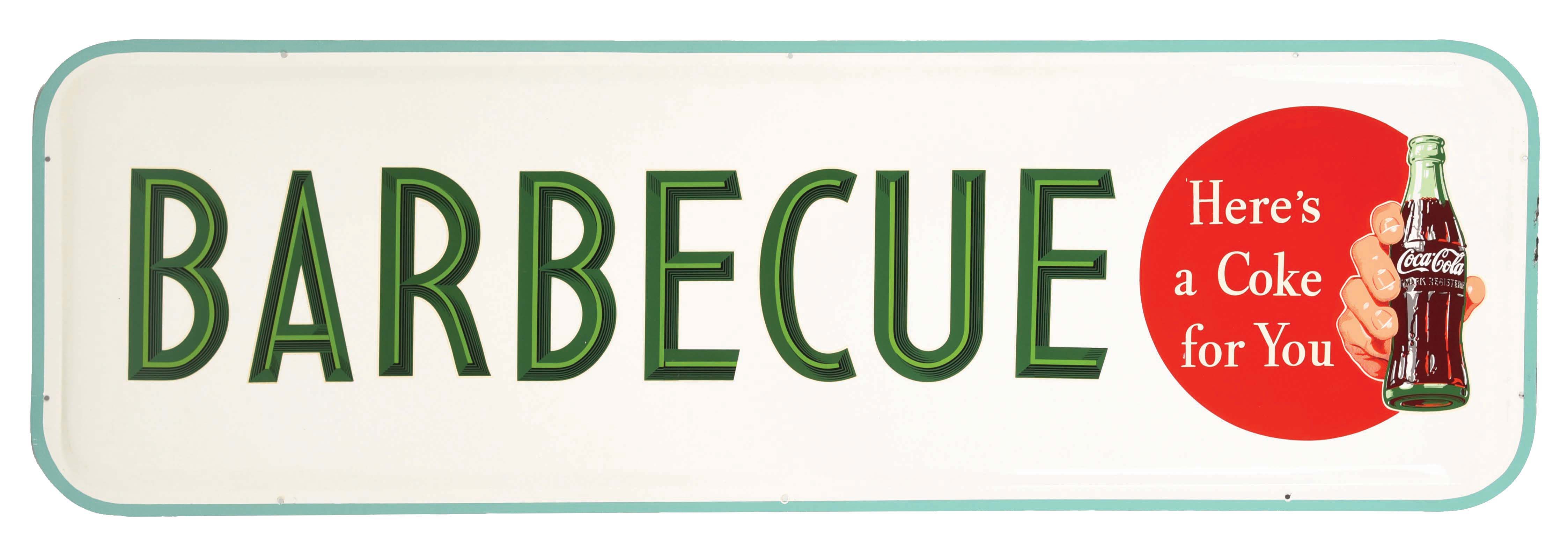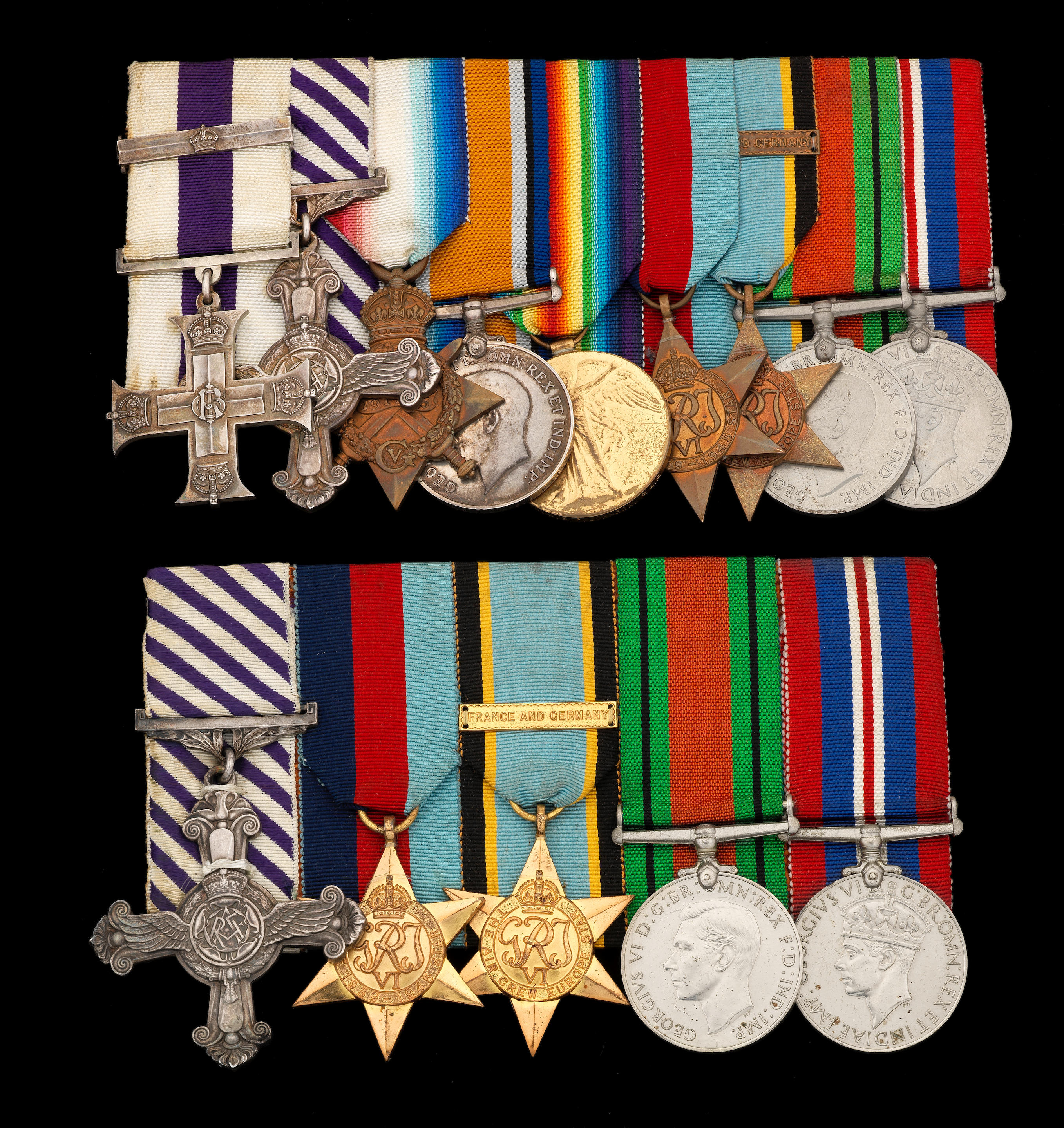The unique and outstanding Great War ‘Warrant Officer’s’ M.C., Boer War Drummer’s D.C.M. and 1918 Second Award Bar group of nine awarded to Company Sergeant Major T. P. Carney, East Yorkshire Regiment- the most decorated soldier in the Regiment, whose first award came at the age of just 15. He was one of five brothers who all served in the East Yorks, who between them served for over 130 years and amassed 26 Medals Military Cross, G.V.R., reverse contemporarily engraved ‘No. 5748 C.S.M. T. Carney. 1st. Bn. East Yorkshire Regt. 26.8.1918’; Distinguished Conduct Medal, V.R., with Second Award Bar (5748 Dmr: T. P. Carney. 2nd. E. Yorks: Regt.); Queen’s South Africa 1899-1902, 5 clasps, Cape Colony, Wittebergen, Transvaal, South Africa 1901, South Africa 1902 (5748 Pte. T. Carney 2: E. York: Regt.) unofficial rivets between clasps; 1914-15 Star (5748 Sjt. T. P. Carney. E. York: R.); British War and Victory Medals (5748 W.O. Cl.2 T. P. Carney. E. York. R.); Defence Medal; Meritorious Service Medal, G.VI.R., 2nd issue (5748 W.O. Cl.2 T. P. Carney. M.C. D.C.M. E. Yorks.); Army L.S. & G.C., G.V.R., 1st issue (5748 C.S. Mjr: T. P. Carney. E. York: R.) generally very fine and better (9) £12000-16000 Footnote Provenance: J. B. Hayward, May 1979. M.C. London Gazette 1 January 1919. D.C.M. London Gazette 27 September 1901. D.C.M. Second Award Bar London Gazette 3 October 1918: ‘For conspicuous gallantry and devotion to duty in action. During an attack he was constantly along the line assisting and encouraging his men, on one occasion standing upon the parapets and shooting at parties of the enemy advancing in the open. Later he organised a bombing party and cleared out the enemy, who had gained a footing in our trenches. At all times he has shown great courage and a fine soldierly spirit.’ Thomas Patrick Carney was born in Dublin on 17 December 1884, the fourth of five sons of Sergeant Henry Carney, East Yorkshire Regiment, and was educated along with his four brothers at the Royal Hibernian Military School. Following the lead of his entire family, he joined the East Yorkshire Regiment as a Drummer on his fourteenth birthday on 17 December 1898, and served with the Regiment in South Africa during the Boer War from 14 March 1900 until 8 April 1901, and again from 19 March 1902 until the end of the war. During the Boer War boy soldiers are estimated to have swelled the ranks of regular soldiers by just over 3,000, principally as drummers and buglers, and the death rate was predictably high. It was during this period that Carney was awarded the first of his two Distinguished Conduct Medals, for the actions at Harrismith in the Orange Free State, in July 1900, for which the clasp Wittebergen was authorised for the Queen’s South Africa Medal, when only 15 years of age. He was also mentioned in Lord Roberts’ Despatch of 29 November 1900. After nine years spent with the Regiment in India, from December 1905 until December 1914, during which period he was advanced to Sergeant, he went to France with the East Yorkshires on 15 January 1915, but was invalided home with frostbite on the 20 February of that year. Re-joining the Regiment for service with the Mediterranean Expeditionary Force, he disembarked at Port Said on 28 December 1915, before embarking once more for service with the B.E.F. in France on 29 February 1916. Arriving back in France on the 8 March, he remained on the continent until after the Armistice, as Company Sergeant Major and then, latterly, as Warrant Officer 2nd Class. Confined to trench warfare and constantly in danger for much of the time, he was awarded a Bar to his Distinguished Conduct Medal, for his courage during a German attack, and was subsequently awarded the Military Cross for his gallantry in holding a bridgehead for 15 hours across the River Ancre, following the taking of Le Sars and Butte de Warlencourt in northern France. As The Snapper recorded: ‘On the night of the 23rd-24th August 1918, the Regiment was ordered
The unique and outstanding Great War ‘Warrant Officer’s’ M.C., Boer War Drummer’s D.C.M. and 1918 Second Award Bar group of nine awarded to Company Sergeant Major T. P. Carney, East Yorkshire Regiment- the most decorated soldier in the Regiment, whose first award came at the age of just 15. He was one of five brothers who all served in the East Yorks, who between them served for over 130 years and amassed 26 Medals Military Cross, G.V.R., reverse contemporarily engraved ‘No. 5748 C.S.M. T. Carney. 1st. Bn. East Yorkshire Regt. 26.8.1918’; Distinguished Conduct Medal, V.R., with Second Award Bar (5748 Dmr: T. P. Carney. 2nd. E. Yorks: Regt.); Queen’s South Africa 1899-1902, 5 clasps, Cape Colony, Wittebergen, Transvaal, South Africa 1901, South Africa 1902 (5748 Pte. T. Carney 2: E. York: Regt.) unofficial rivets between clasps; 1914-15 Star (5748 Sjt. T. P. Carney. E. York: R.); British War and Victory Medals (5748 W.O. Cl.2 T. P. Carney. E. York. R.); Defence Medal; Meritorious Service Medal, G.VI.R., 2nd issue (5748 W.O. Cl.2 T. P. Carney. M.C. D.C.M. E. Yorks.); Army L.S. & G.C., G.V.R., 1st issue (5748 C.S. Mjr: T. P. Carney. E. York: R.) generally very fine and better (9) £12000-16000 Footnote Provenance: J. B. Hayward, May 1979. M.C. London Gazette 1 January 1919. D.C.M. London Gazette 27 September 1901. D.C.M. Second Award Bar London Gazette 3 October 1918: ‘For conspicuous gallantry and devotion to duty in action. During an attack he was constantly along the line assisting and encouraging his men, on one occasion standing upon the parapets and shooting at parties of the enemy advancing in the open. Later he organised a bombing party and cleared out the enemy, who had gained a footing in our trenches. At all times he has shown great courage and a fine soldierly spirit.’ Thomas Patrick Carney was born in Dublin on 17 December 1884, the fourth of five sons of Sergeant Henry Carney, East Yorkshire Regiment, and was educated along with his four brothers at the Royal Hibernian Military School. Following the lead of his entire family, he joined the East Yorkshire Regiment as a Drummer on his fourteenth birthday on 17 December 1898, and served with the Regiment in South Africa during the Boer War from 14 March 1900 until 8 April 1901, and again from 19 March 1902 until the end of the war. During the Boer War boy soldiers are estimated to have swelled the ranks of regular soldiers by just over 3,000, principally as drummers and buglers, and the death rate was predictably high. It was during this period that Carney was awarded the first of his two Distinguished Conduct Medals, for the actions at Harrismith in the Orange Free State, in July 1900, for which the clasp Wittebergen was authorised for the Queen’s South Africa Medal, when only 15 years of age. He was also mentioned in Lord Roberts’ Despatch of 29 November 1900. After nine years spent with the Regiment in India, from December 1905 until December 1914, during which period he was advanced to Sergeant, he went to France with the East Yorkshires on 15 January 1915, but was invalided home with frostbite on the 20 February of that year. Re-joining the Regiment for service with the Mediterranean Expeditionary Force, he disembarked at Port Said on 28 December 1915, before embarking once more for service with the B.E.F. in France on 29 February 1916. Arriving back in France on the 8 March, he remained on the continent until after the Armistice, as Company Sergeant Major and then, latterly, as Warrant Officer 2nd Class. Confined to trench warfare and constantly in danger for much of the time, he was awarded a Bar to his Distinguished Conduct Medal, for his courage during a German attack, and was subsequently awarded the Military Cross for his gallantry in holding a bridgehead for 15 hours across the River Ancre, following the taking of Le Sars and Butte de Warlencourt in northern France. As The Snapper recorded: ‘On the night of the 23rd-24th August 1918, the Regiment was ordered









/94739/Internet%20Image%201.jpg)
/129223/Internet%20Image%201.jpg)



/108249/Internet%20Image%201.jpg)
Try LotSearch and its premium features for 7 days - without any costs!
Be notified automatically about new items in upcoming auctions.
Create an alert